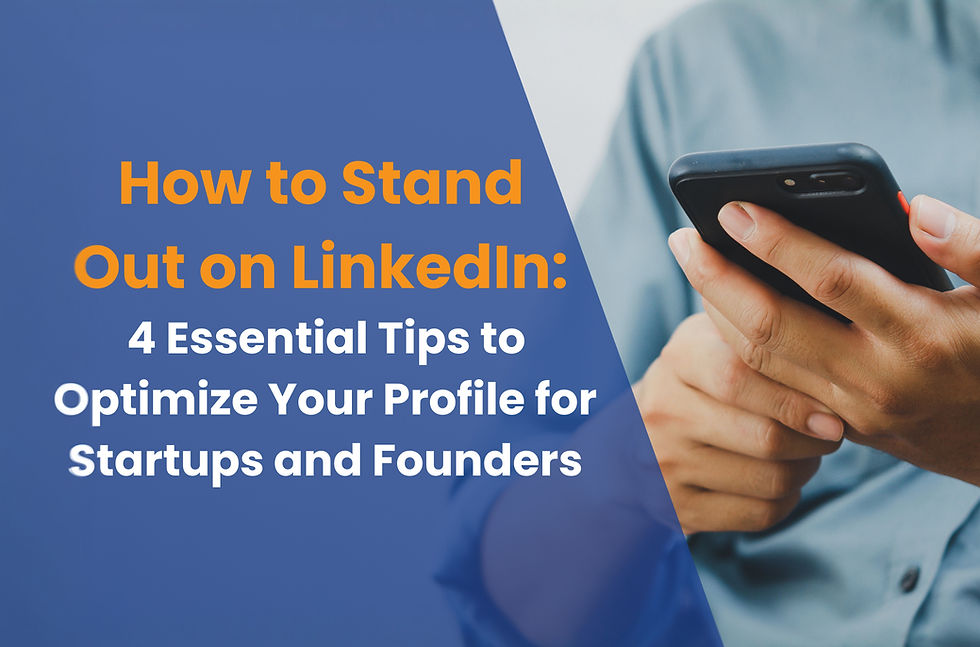Leveraging Healthcare Sector Knowledge to Create Quality Content
- vikigronau
- Jul 8, 2024
- 3 min read

In today's digital age, quality content is king. For professionals and businesses in the healthcare sector, creating compelling and informative content can significantly enhance visibility, authority, and engagement with their target audience. But what does it take to produce high-quality content in this highly specialized field? Leveraging in-depth knowledge of the healthcare sector is key. Here’s how you can harness your expertise to create impactful content that resonates with readers and drives meaningful interactions.
1. Understand Your Audience
The first step in creating quality healthcare content is understanding who your audience is. Are you targeting patients, healthcare professionals, or industry stakeholders? Each group has unique needs, interests, and levels of knowledge. For instance:
Patients may seek clear, jargon-free information about conditions, treatments, and preventive care.
Healthcare Professionals might look for detailed insights into the latest research, clinical guidelines, and industry trends.
Industry Stakeholders could be interested in market analysis, regulatory updates, and innovations in healthcare technology.
Tailoring your content to meet the specific needs of your audience ensures relevance and increases engagement.
2. Stay Informed and Updated
The healthcare sector is constantly evolving with new research, technologies, and regulations. Staying informed about the latest developments is crucial for producing timely and accurate content. Subscribe to reputable journals, follow industry news, and participate in relevant conferences and webinars. By keeping up-to-date, you can provide your audience with the most current and reliable information.
3. Use Credible Sources to ensure Quality Content
In healthcare content, credibility is paramount. Always base your content on reputable sources such as peer-reviewed journals, official guidelines, and expert opinions. Citing authoritative sources not only enhances the trustworthiness of your content, but also demonstrates your commitment to accuracy and professionalism.
4. Simplify Complex Information
Healthcare topics can often be complex and difficult to understand, especially for a lay audience. Your role as a content creator is to simplify these concepts while preserving their essence. Use analogies, infographics, and plain language to break down complicated information. Providing clear and concise explanations will help make your content accessible and valuable to a broader audience.
5. Incorporate Visuals to Boost your Quality Content
Visual content is a powerful tool in healthcare communication. Infographics, diagrams, videos, and charts can help illustrate complex information and enhance understanding. For instance, an infographic showing the steps of a surgical procedure or a video explaining how a medical device works can make your content more engaging and easier to comprehend.
6. Highlight Real-Life Examples
Real-life examples and case studies can make your content more relatable and compelling. Sharing patient stories, clinical case studies, or success stories of healthcare innovations can add a human touch to your content and illustrate the practical application of healthcare concepts.
7. Focus on Quality over Quantity
In healthcare content, quality always trumps quantity. It's better to produce a few well-researched and well-written pieces than to churn out numerous mediocre articles. High-quality content reflects your expertise and dedication, building trust with your audience and establishing you as a thought leader in the healthcare sector.
8. Engage with Your Audience
Encourage your audience to engage with your content by asking questions, inviting comments, and providing opportunities for discussion. Responding to comments and feedback shows that you value your audience’s input and are open to dialogue, fostering a sense of community and loyalty.
9. Leverage SEO Best Practices
While creating high-quality content is crucial, ensuring it reaches your target audience is equally important. Leverage SEO best practices by using relevant keywords, optimizing meta descriptions, and ensuring your content is mobile-friendly. Good SEO practices can help improve your content's visibility on search engines, driving more traffic to your site.
10. Continuously Evaluate and Improve
Finally, continuously evaluate the performance of your content and seek ways to improve. Use analytics to track metrics such as engagement, shares, and conversions. Pay attention to which topics and formats resonate most with your audience and adjust your content strategy accordingly.
Creating quality content in the healthcare sector requires a deep understanding of the industry, a commitment to accuracy, and a focus on your audience’s needs. By leveraging your knowledge and following these best practices, you can produce content that is not only informative and engaging, but also good at establishing your authority and trustworthiness in the field. In a world where information is abundant, delivering high-quality healthcare content can make a significant impact, helping to educate, inform, and inspire your audience.
.png)



Comments